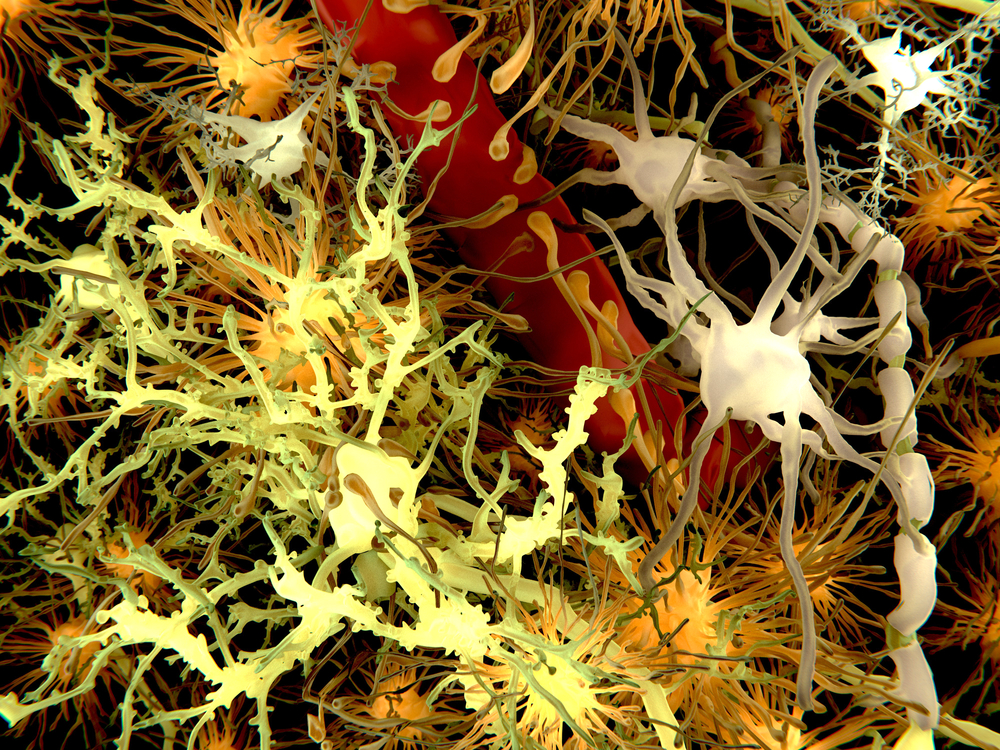Taurine Seen to Boost Effectiveness of MS Therapies in Remyelination Process, Study Shows
Written by |

A natural metabolite called taurine may boost the effectiveness of existing multiple sclerosis (MS) therapies, researchers say.
Taurine helps oligodendrocytes, which are cells responsible for myelin production, to fully mature and activate the remyelination process of damaged nerve cells.
The findings were reported in the study, “Metabolomics-based discovery of a metabolite that enhances oligodendrocyte maturation,” published in the journal Nature Chemical Biology.
“Remission of MS symptoms is dependent on the process of remyelination, so using taurine in combination with an existing MS drug and a future remyelination-inducing treatment may help patients by improving overall efficacy,” Luke Lairson, PhD, the study’s co-lead author, said in a press release.
“This could be something to add to an MS therapeutic regime,” added Lairson, an assistant professor of chemistry at The Scripps Research Institute (TSRI).
In a previous study published in the journal Nature, researchers found that Cogentin (benztropine) – a U.S. Food and Drug Administration-approved therapy for Parkinson’s disease – may also benefit MS patients.
In that study, “A regenerative approach to the treatment of multiple sclerosis,” scientists showed that Cogentin promotes the differentiation of oligodendrocyte precursor cells into mature oligodendrocytes – the cells that produce myelin – thereby enhancing the repair of damaged nerves.
Now, TSRI researchers aimed to identify whether endogenous metabolites – natural molecules produced by human cells during their metabolic functions, and which include sugars, fatty acids, and amino acids – may promote oligodendrocyte differentiation into myelin-producing cells.
Lairson’s teamed up with the team of Gary Siuzdak, PhD, the senior director of the Scripps Center for Metabolomics, and performed a metabolomics analysis – a technique that maps all the metabolites in cells.
This approach allowed researchers to identify the endogenous metabolite taurine. Specifically, researchers observed that the levels of taurine were much higher during the differentiation and maturation of oligodendrocyte cells into myelin-producing cells.
They tested the effects of taurine in a petri dish. While the metabolite alone was not very efficient at inducing oligodendrocyte’s differentiation, it boosted the efficiency of drugs like Cogentin and miconazole.
“Combining taurine with drugs that induce differentiation significantly enhances the process,” said Lairson. “You get more myelin.”
These findings are encouraging and may lead to potential new clinical options for MS patients, since taurine has been found safe at certain concentrations.
“We still need to do tests in rodent models, but this is a good starting point,” Lairson said.
Siuzdak said that unlike other “omic” technologies, “the beauty of metabolomics and activity testing is that metabolites are readily commercially accessible, generally inexpensive, and can directly impact phenotype quickly. We are no longer passive observers but instead active participants.”
The findings support the use of metabolomic-based strategies in the search for new therapies for several diseases, including MS.
“Metabolomic profiling can offer unique insight into many different diseases, both mechanistically and therapeutically,” Siuzdak said.





